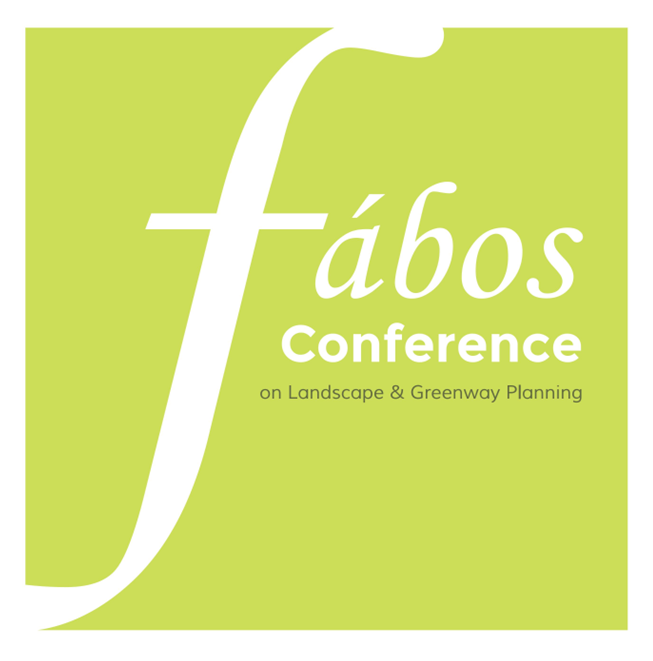Revival of the Sahibi River- an Approach to Landscape Design based Cultural Ecology in India
Abstract
Sahibi River originates from the semi-arid areas of the Aravalli’s and flows through Delhi. It is a major tributary of the Yamuna River. It is nearly 41 kilometres long and is fed by 22 smaller feeder drains. The Sahibi River is also referred as Najafgarh Drain or Najafgarh nallah (nallah in Hindi means rivulet or storm water drain). Delhi Government channelized it for flood management after the flooding in 1977.
The drain used to attract many species of migratory and local birds. It is also a natural habitat for various small mammals (Bhatnagar, Kumar and Chaudhary 2021).
The river is also a part of Delhi’s heritage. It was the site of Battle of Najafgarh in 1857 between Indian and British forces, which was part of the first war of Indian independence (DUAC 2015).
Due to pressures of rapid urbanization, the character of the river changed from a natural river to a canal and consequently carrying upstream discharge of sewage, agricultural and industrial affluent. Additionally, the monsoon run-off from upstream areas also deposited silt, reducing the carrying capacity of the river (Vaid, et al. 2022). This has resulted in the Sahibi River/ Najafgarh Waterway becoming the major contributor of pollutants to the Yamuna River (Vaid, et al. 2022).
This paper adopts a design-based approach for the revival of the cultural ecology of the river. The paper begins by surveying, reviewing, and analysing the Existing Master Plans, Regulations, and Initiatives that have shaped the existing land use, connections, and hydrology.
The second part of the paper focusses on incorporating Environmental Sustainability principles across land, vegetation, and water-sensitive design options by incorporating a clear grading, drainage, and planting strategy.
The third section explores the community revitalization and revival of culturally significant areas along the riverfront through strategies based on Archaeological investigations, existing view sheds, and a socio-economic analysis of the existing communities settled along the riverfront. The paper concludes with a catalogue of benchmark design interventions to be used as a guideline framework for revival of waterfront cultural landscapes in India.
Keywords: Cultural Landscape, Waterfront Redevelopment, Ecology, Revival, Sahibi River, Delhi, Delhi waterfront, Najafgarh
How to Cite:
Mathur, S., Singh, A., Verma, N. J., Saha, A. & Agarwal, K., (2025) “Revival of the Sahibi River- an Approach to Landscape Design based Cultural Ecology in India”, Fábos Conference on Landscape and Greenway Planning 8(1). doi: https://doi.org/10.7275/fabos.2441
778 Views
292 Downloads
